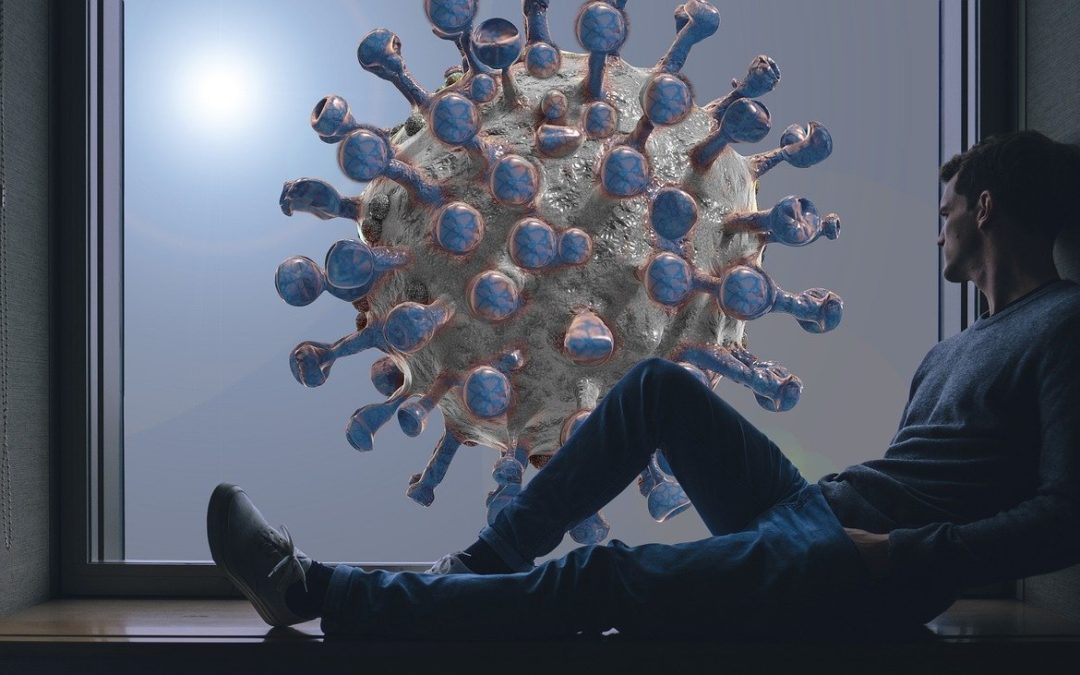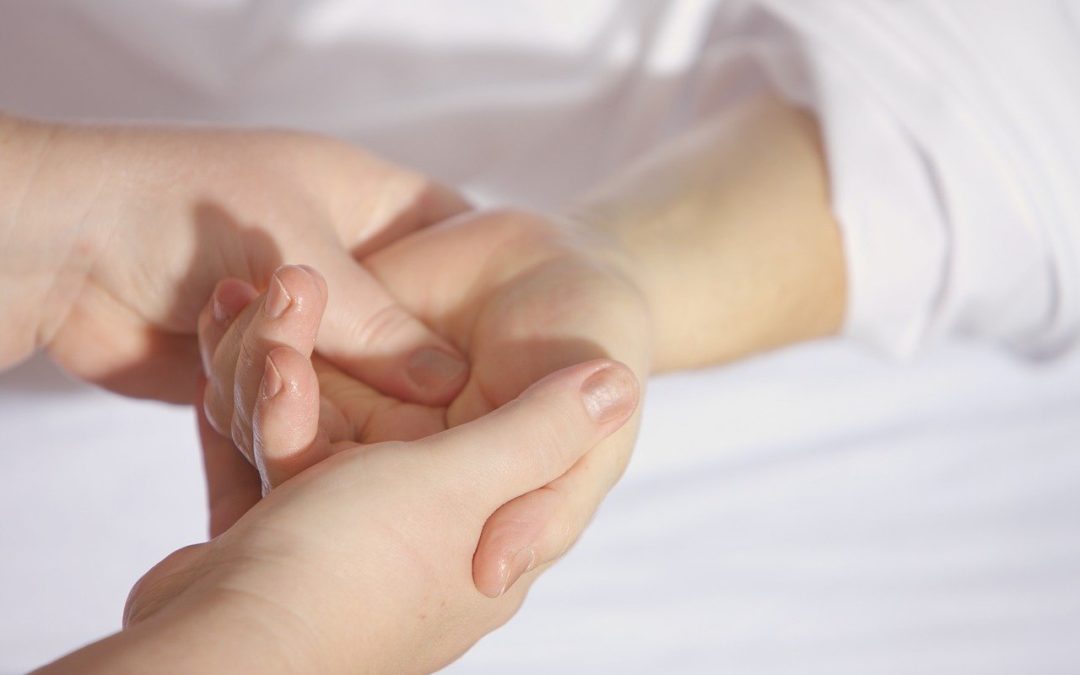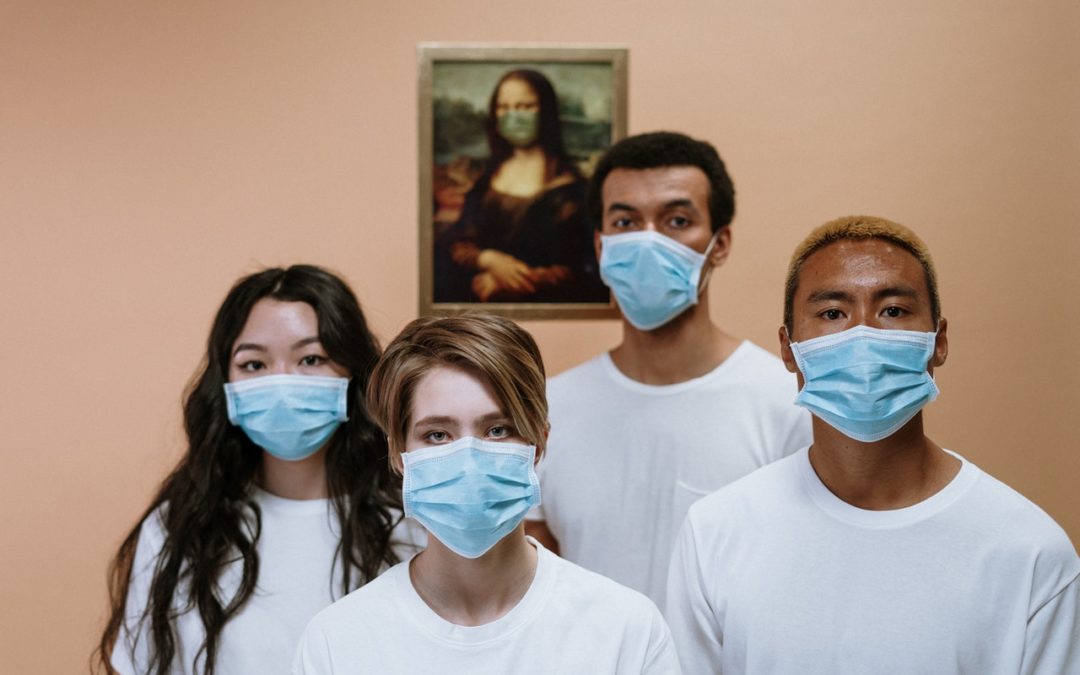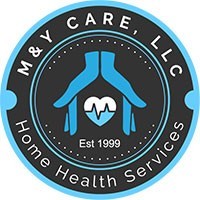
by M | Apr 13, 2020 | News |
In New York, the epicenter of the U.S. public health emergency, home health and home care agencies continue to face staffing challenges and personal protective equipment (PPE) shortages while caring for hundreds of COVID-19 patients.
That’s according to a survey released Monday from the Home Care Association of New York State (HCA-NYS), which included responses from nearly 180 home- and community-based care organizations.
The survey results are in line with the anecdotal conversations that HCA-NYS has been having with agencies over the last month, its director of communications, Roger Noyes, told Home Health Care News.
“Perhaps the two biggest challenges continue to be the lack of critical supplies, like PPE, and interrelated concerns about workforce and patient safety,” Noyes said. “This survey provides a helpful baseline of information about COVID-19 case counts in the home care setting at the epicenter of the crisis.”
Workers, in some instances, are more often refusing to provide care out of fear of contracting COVID-19, the HCA-NYS survey found. Patients are likewise turning away care with greater frequency.
Over 80% of the home-based care respondents reported at least one patient refusing care, with roughly one-quarter saying they had between one and 10 patients doing so. Nearly 7% of respondents reported more than 100 patients turning away services, with remaining agencies falling somewhere in between.
In regards to staffing, 45% of HCA-NYS survey respondents reported anywhere from one to 20 home health aides and personal care aides refusing to work. The reasons for those refusals include contraction of the virus, self-quarantine practices and worries about potential exposure.
“The survey results provide a context for quantifying these realities at a particular moment in time,” Noyes said. “This is especially so when it comes to the critical lack of supplies, as well as how home and community-based organizations are addressing or coping with these distressing realities.”
Meanwhile, nearly one in every four of the home- and community-based care professionals surveyed said they have had at least one worker test positive for COVID-19.
That is especially worrisome due to PPE shortages throughout New York’s home-based care landscape. In HCA-NYS’s survey, nearly 80% of respondents said that accessing adequate PPE was either “difficult” or “extremely difficult.”
Due to that difficulty, 48% of home-based care staff are reusing face masks. When PPE is needed but not available, 21% of agencies are implementing policies that prevent in-person visits, when possible.
“Our survey shows that organizations are utilizing every resource possible to significantly increase the point of contact and provide support to staff and patients in the field,” Noyes said. “[That includes using] technology, mobile alerts, education, conducting daily follow-up calls with patients, implementing robust screening and case assignment protocols for every visit, among other measures.”
Considering how immersed these agencies are in New York’s — and the rest of the country’s — struggle, HCA-NYS echoed a sentiment that is gaining steam during trying times: that home-based care is being left behind.
The National Association of Home Care & Hospice (NAHC) and other industry representatives recently penned a letter to the Federal Emergency Management Agency (FEMA) to address exactly that, specifically asking for in-home care providers to be given priority status for PPE.
“This pandemic has laid bare many shortcomings across all areas of public life,” Noyes said. “One of these continues to be the missed opportunity to support and properly equip home care, with a full understanding of its role.”
Additionally, agencies are eager to gain access to and deploy COVID-19 testing, the New York survey found.
Of the Medicare-certified agencies included in the survey, 76% said they are willing to provide testing within their communities if given the training to do so. That would enable agencies to both test more New Yorkers and to promise aides a lesser risk of exposure within homes of patients that have been tested.
“That is a powerful, untapped resource,” Noyes said.
With poor access to testing and PPE, home-based care agencies are largely fighting the COVID-19 crisis in the dark, doing their best to mitigate the surge without the proper resources.
By Andrew Donlan | April 7, 2020
Source: Home Health Care News

by M | Apr 11, 2020 | News |
ST. LOUIS – There are many health care workers on the frontlines of this pandemic, including in-home caregivers as well.
“One day at a time, one day at a time,” said Carrie Sanders, owner of Strategic Home Health Care.
That’s all Sanders can hope for nowadays.
Social distancing and staying at home may be the call from the governor’s office, but for Sanders and her in-home health care crew, that’s nearly impossible.
“Keeping up with the supplies and assuring each and every client and employee have everything they need to successfully complete their job has been overwhelming,” Sanders said.
With roughly 50 to 60 different clients, many older in age, other bedridden, the team at Strategic Home Health Care are needed more than ever.
But they’re running into a problem. The same supplies that people are standing hours in line for are the same lines they have to wait to get essential supplies for their clients.
“Now with the lines you can only get 10 people in the stores,” Sanders said. “I’m spending half the day in line at the store.”
That’s why Sanders is calling on St. Louisans with family members utilizing in-home health care to not forget about them when essential shopping during this challenging time.
“Pick it up for those loved ones that are not able to drive that are at home and are homebound, that would definitely help,” she said.
By: Derrion Henderson | Apr 8, 2020
Source: FOX 2 now

by M | Apr 9, 2020 | News |
Federal officials say hospitals across the country are reporting shortages of protective equipment for nurses, but what about home health nurses?
One Southwest Florida woman said she’s really struggling to protect herself while also protecting the seniors she cares for.
Cynthia Williams’ entire career has been dedicated to helping others. She was a paramedic, EMT, trauma and ICU nurse.
“Obviously I’ll put myself on the frontline, you know, to help my patients. That’s what we do.”
She’s still helping others, now as a home health nurse.
“We deal with a lot of elderly patients, so they do not have the knowledge to do the telehealth,” she said. “A lot of times we go in blind, I hate to say that sometimes we do not know exactly what’s going on with the patient.”
She said as long as she is healthy, she’ll never stop helping others, but she fears that’s a possibility if protective gear is no longer available.
Williams said several of her fellow home nurses and staff have already quit.
“Probably soon I’ll have to start reusing my masks, which I don’t like to do,” she said. “If a patient coughs on me, I just say a prayer.”
She sees how the community is coming together to help health care workers in the hospitals and wants people to remember those who go directly into homes to take care of people.
“If anybody can help us, that would be a wonderful thing so that we don’t have to go scrambling.”
Williams sent one of her patients to get tested for COVID-19. She said the test luckily came back negative.
Sources: WINK NEWS

by M | Apr 7, 2020 | News |
As hospitals nationwide continue to struggle with unprecedented demand for critical services related to the COVID-19 pandemic, home health care providers are well-prepared to help alleviate the growing strain on the system by caring for patients in the home, according to a new report from the National Association for Home Care & Hospice (NAHC) and Partnership for Quality Home Healthcare (PQHH).
“Our dedicated providers are ready to relieve some of the mounting pressure in hospitals and emergency rooms across the country,” said Joanne Cunningham, executive director of PQHH. “Our workforce is skilled, trained and prepared to offer essential care for Americans in the safety of their homes—hopefully clearing inpatient settings for the sickest patients.”
A report released today outlines how lawmakers can rapidly eliminate barriers to home health care and allow for a nationwide response from agencies and providers to care for patients as a looming rise in cases mounts in the coming weeks. Doing so, home health leaders say, will help hospitals and facilities alleviate overall capacity issues and help prevent the spread of the virus to the overall community—especially our most vulnerable population: the frail and elderly.
While the need for already-stretched hospital resources is not expected to peak, in many states, for another two to three weeks, according to the Institute for Health Metrics and Evaluation, it is imperative to prepare for the escalation of impacted patients. In the face of this unprecedented surge, home health care agencies are uniquely qualified to provide much needed relief to the nation’s health care system by:
- Caring for patients with chronic illnesses or post-acute challenges, who are well enough to be discharged from inpatient care but still require close monitoring and ongoing care—especially to help avoid rehospitalizations, which will only exacerbate the pressure on the system.
- Treating confirmed COVID-19 patients who no longer require inpatient care, and those whose symptoms are manageable at home with close monitoring and care delivered by a skilled clinician.
- Addressing the health care needs of patients under investigation (PUI) for COVID-19.
“Doctors and hospitals need our help now; there is no time to waste,” said William Dombi, President of NAHC. “As our report details, in order to ensure we can provide care to as many patients as quickly as possible, home health providers are asking for payment for telehealth services to reach more patients, access to more PPE and an abbreviated authorization and eligibility process to swiftly transition lower acuity patients to the home setting to reduce the burden to hospitals and nursing homes.”
Source: HomeCare | Thursday, April 2nd, 2020

by M | Apr 5, 2020 | News |
Home health providers are positioning themselves as the answer to lessening the burden on U.S. hospitals during the COVID-19 pandemic, but the federal government will need to continue cutting through the red tape for providers to be effective.
The past four weeks have elicited concerns about hospital over-capacity issues, as the number of confirmed coronavirus cases continues to surge.
“Hospitals are under tremendous pressure right now,” Joanne Cunningham, executive director of Partnership for Quality Home Healthcare (PQHH), told Home Health Care News. “They are experiencing and will continue to experience increased strain. One of the solutions policymakers have focused on is bolstering hospital capacity, but it’s also important to think about how home health … can be a safety valve for the hospital sector.”
Increasing the use of home health care during the COVID-19 means that discharged patients can continue receiving care in the home — leaving room in the hospital for more critical patients.
On the flip side, home health providers are also able to care for confirmed COVID-19 patients whose symptoms are manageable at home, according to a joint report from PQHH and the National Association for Home Care & Hospice (NAHC).
“The home health care sector is committed to caring for patients safely and effectively,” David Causby, president and CEO of Kindred at Home, said in the report. “Increasing health care at home is part of the solution to reduce the burden on our nation’s hospitals in this time of crisis.”
Causby is also a member of NAHC’s board of directors.
In recent weeks, the Centers for Medicare & Medicaid Services (CMS) has waived a number of regulatory barriers, but more needs to be done in order to enable the home health industry to properly provide support for hospitals, according to Cunningham.
“We are urging [CMS] to continue to lift regulatory burdens,” she said. “Today, we have a model that favors a face-to-face interaction with a patient.”
One of the ways CMS can help expand the use of home health care at this time is by lifting the restrictions surrounding telehealth reimbursement.
The use of telehealth would not only help to further prevent the spread of coronavirus but could help preserve personal protective equipment (PPE).
“Many home health agencies, right now, are struggling to obtain PPE,” Cunningham said. “They are lower on the priority list and they are attempting to use all of their efforts to channel resources.”
Today, a telehealth home health visit does not count as an in-person visit and can’t be reimbursed through CMS.
Due to new flexibilities announced this week, telehealth services can be used in conjunction with in-person visits more broadly.
Telehealth services may also receive a contracted rate when included in a physician’s plan of care.
“There could be much greater use of telehealth for home health clinicians,” Cunningham said. “Home health can do telehealth, but they aren’t getting paid. We would like to see all government payers, as well as private payers, recognize that telecommunication-based caregiving modalities … are important parts of the care delivery system — especially right now.”
Aside from more leniency around telehealth, temporary elimination of physician signature requirements is necessary, according to Cunningham.
“It’s always a challenge to obtain signed physician documentation, and right now it’s almost impossible because a lot of physician offices are not fully functional,” she said. “One of the things we asked for is a temporary waving of that regulation. It’s just not practical.
—– By Joyce Famakinwa | April 2, 2020
Source: Home Health Care News





